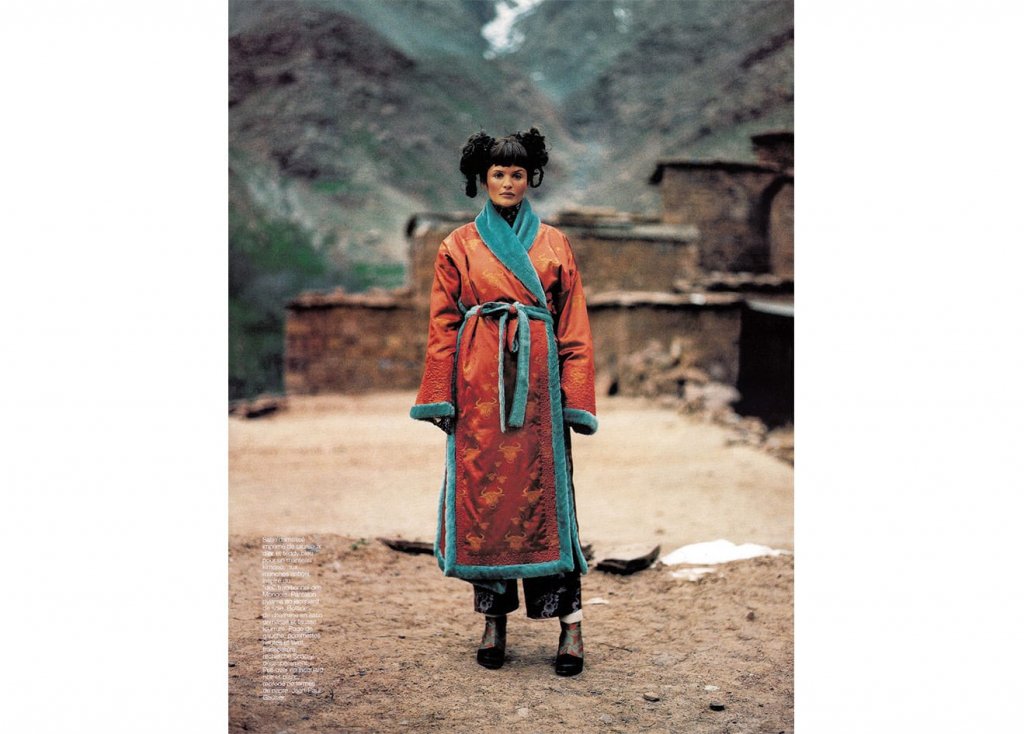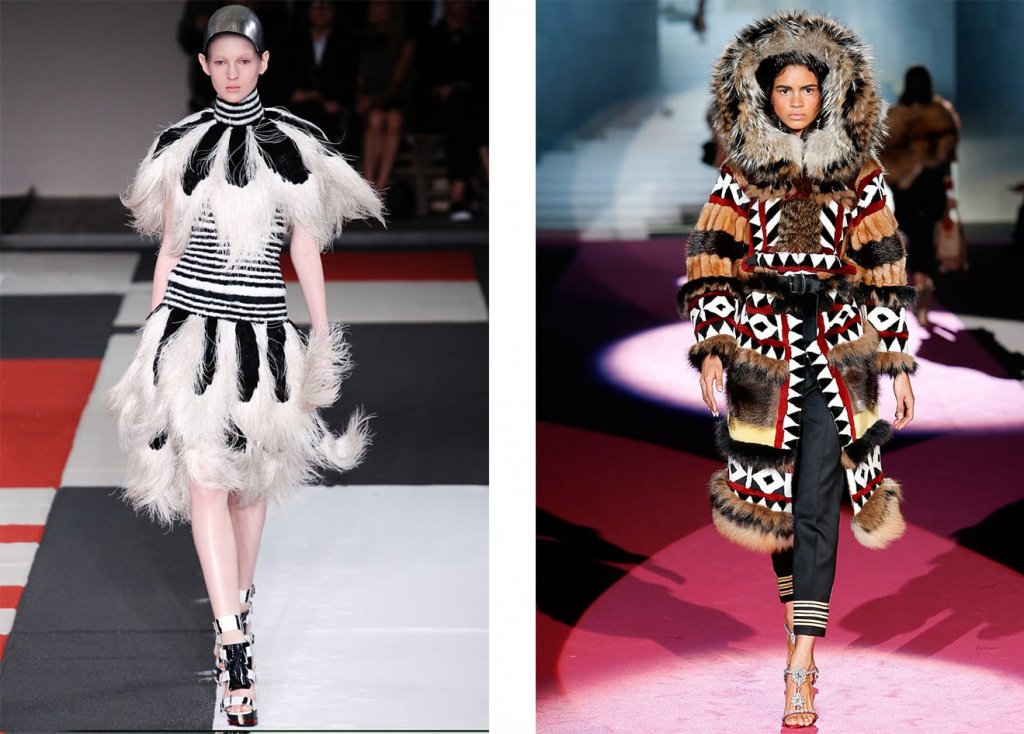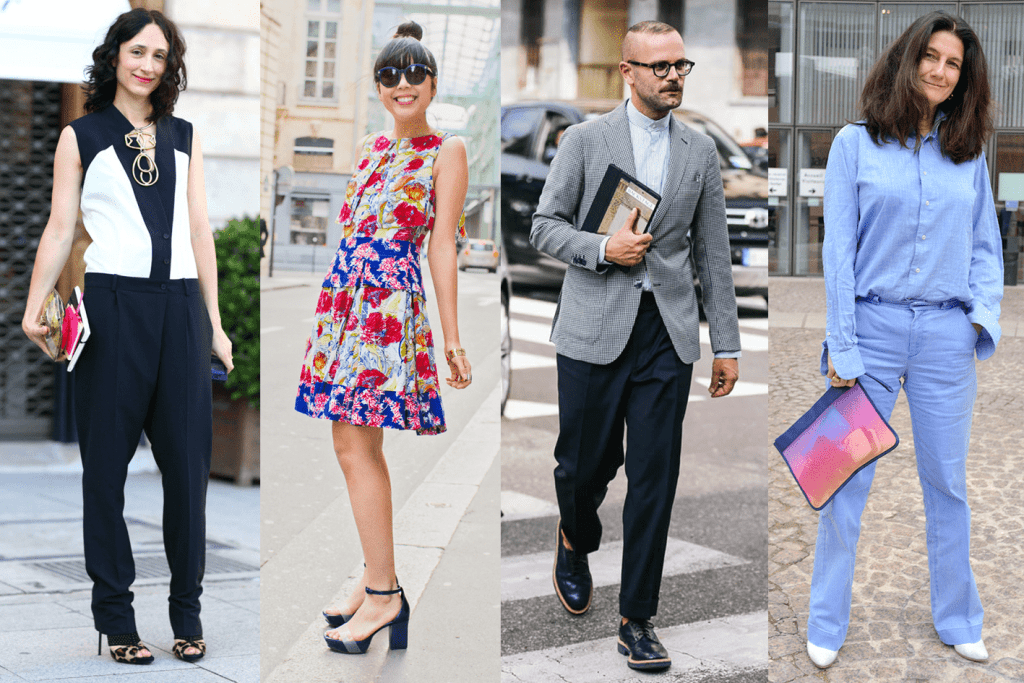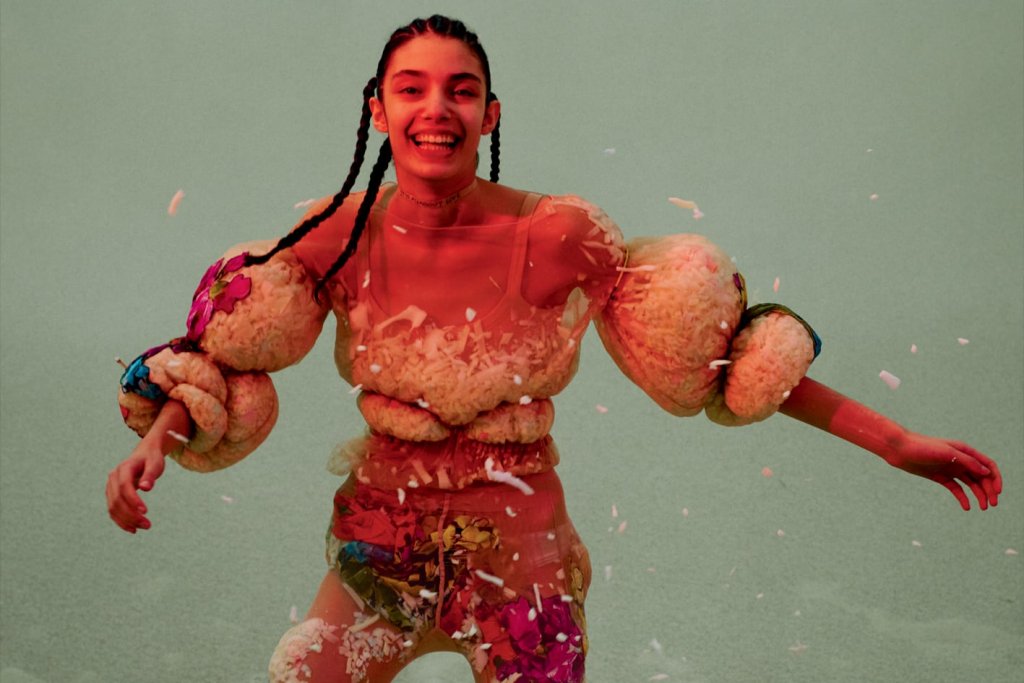Recently cultural appropriation has become a hot button topic. Social media platforms are ablaze with outcry over celebrities, fashion designers and brands continually taking on the codes of minority cultures. But how do we objectively define the boundary between showing appreciation of a culture or blindly appropriating it? The answer isn’t clear cut.
Sample, borrow, inspire: These concepts are at the heart of creativity. Artists from all walks of creative life build their oeuvre off of what has come before them, the world around them and the cultures that stir their intellect. But lately a rash of outrage has bubbled up in a number of different minority cultures who feel that their heritage and traditions are being usurped by dominant cultures to such a degree that it has become exploitative. In particular, these minorities have turned to social media platforms to raise the alarm when they see a brand, magazine, or celebrity falling into the trap of appropriation instead of appreciation of their culture.
Valentino’s African-inspired collection is one recent example that brought a firestorm down on the house when it presented its spring/summer 2016 collection in October of last year. Not so much for the beautiful clothing, which reinterpreted traditional African dress in ways that felt respectful and original, but more for the too literal cornrow braids and the near absence of models of color on the catwalk.

Valentino spring-summer 2016 campaign.
Photo : Steve McCurry
Clearly the online protest about cultural appropriation at the time of the show did not penetrate far enough into the corporate psyche at Valentino. This was evident when the advertising campaign for the collection was released and it showed a predominant number of white models, again wearing those same cornrows, posing in Africa and surrounding themselves with local Maasai villagers. Some argued that the campaign moved passed the threshold of appropriation and into the realm of racism.
But Valentino isn’t the only fashion brand to miscalculate its incorporation of traditional dress into its designs. Karlie Kloss and Victoria’s Secret also got flack when the supermodel donned a traditional Native American headdress while modeling lingerie in one of the brand’s blowout fashion shows. While the London-based brand Kokon To Zai was taken to task for its Shaman Towelling Sweatshirt that lifted the exact pattern of a garment worn by an Inuit shaman that was covered in sacred symbols to protect him against drowning.
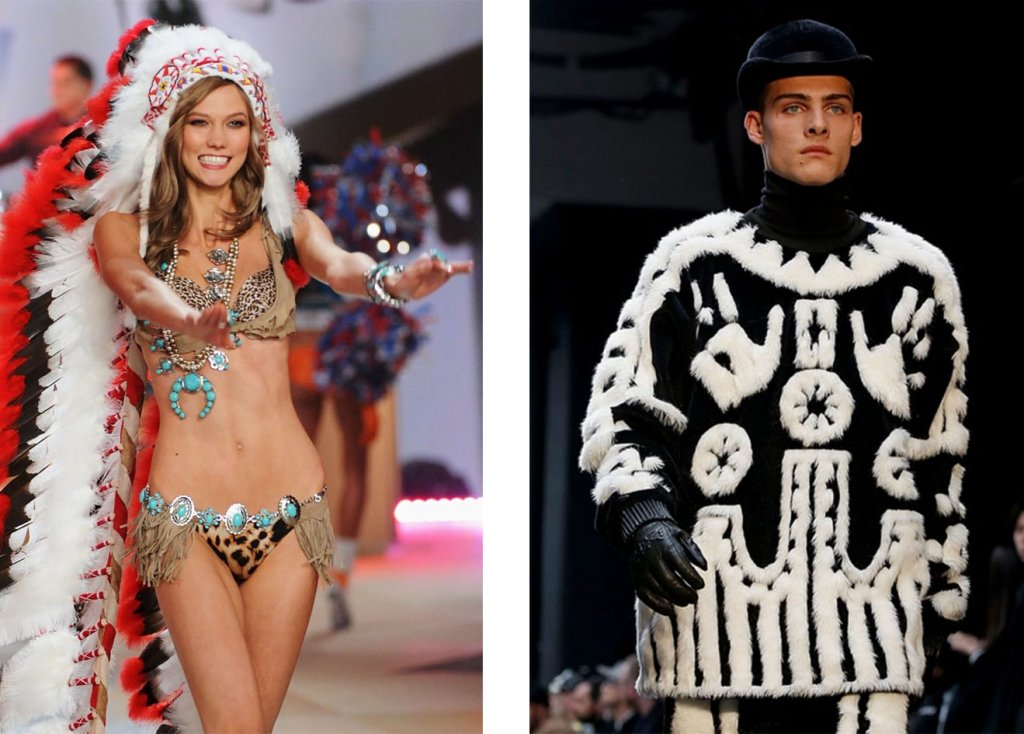
From left to right : Victoria’s Secret 2012 Fashion Show, KTZ Fall-Winter 2015-2016
Katy Perry now has the dubious title of the “the queen of cultural appropriation” for having dressed herself up as a Geisha, Cleopatra and wearing cornrows in her videos. Without forgetting all the heat the Kardashian women have gotten over the years for the purported cultural insensitivity they have shown in some of the clothing they have chosen to wear or hairstyles they have sported. Even one of the covers of the most recent issue of Antidote Magazine, which featured the 6-foot-tall Caucasian model Molly Bair in cornrows, was criticized by some when the cover was posted on social media.
“Years ago when Venus or Serena Williams braided and beaded their hair, people referred to them as ghetto, or unkempt or not suitable for the tennis courts. But the second someone else does it, if they are a different race, it’s trendy now. It’s cool,” said Chandia Brennen, the Fashion Editor at The Los Angeles Post, in an effort to explain the mindset behind those who reacted negatively to the Bair cover.
Helena Christensen wears an ensemble from the 1994 collection Le Grand Voyage in Vogue.
Photo : Mikael Jansson
Some could make the argument that the more different cultures mix together – so that traditional dress, hairstyles, music or mannerisms become blended – the better it is. That the best way for people from different backgrounds to feel connected to one another is through combining cultures with an across-the-board celebration and integration of traditional codes. After all, doesn’t the United States pride itself on being a melting pot of cultures? And Europeans who grow up in diverse communities are inevitably going to pick up on customs, dialects and even religious traditions of different cultural groups that they interact with on a daily basis.
So where is the line in the sand? When does it stop becoming cultural appreciation and slide into appropriation?
“It’s perfect to describe the line between appropriation and appreciation, or perhaps misappreciation, as a line in the sand because it doesn’t stand still. It shifts with time and space. In the sense that culture itself is very fluid and it is constantly shifting,” said Professor Susan Scafidi, founder and academic director of the Fashion Law Institute at Fordham and author of “Who Owns Culture? Appropriation and Authenticity in American Law.”
But Scafidi has a rule of thumb she thinks everyone can use when questioning whether or not an image or an outfit falls into the realm of cultural appropriation. “I always come back to what I like to call the rule of the ‘three S’s’, which stand for source, significance and similarity,” she said.
«We went through a twenty- or thirty-year period where people of color were embarrassed to embrace their ethnicity and their culture because we were demonized, we were made to feel like a marginal culture. »
In terms of source, the question becomes, are you borrowing from a dominant culture or from a minority culture that has otherwise been oppressed, harmed or not gotten the same respect as other cultures. For example, women of color have a very visceral relationship with their hair and how they are judged for having “good hair or bad hair.” Then to see those same styles that they have been judged harshly for celebrated when they are worn by a dominant culture can cause outrage within the African American community.
“We went through a twenty- or thirty-year period where people of color were embarrassed to embrace their ethnicity and their culture because we were demonized, we were made to feel like a marginal culture,” confirmed the highly respected fashion photographer Tamu McPherson. “But I think that some stylists can get swept away with the romance of an idea and not see its full implications.”
From left to right : Alexander McQueen Fall-Winter 2014-2015, Dsquared2 Fall-Winter 2105-2016
It is also important to look at the significance of a particular garment, piece of music or adornment. Is what is being interpreted something that is still considered sacred? Or has it already been freely commoditized by the original community to the point that it no longer has any special significance anymore? For example, typical cuisine from a particular country.
“My wife went through a stage when she was wearing Salwar Kameez all the time, and 99 percent of the time people saw it for what it was: a compliment to the Indian culture,” said professor James O. Young and the author of “Cultural Appropriation and the Arts.” “Human beings love to tell other people what to do and what not to do. It is just one of our features. But the fact of the matter is, is that if you’re not hurting anybody, you should be allowed to do what you want to do,” he added.
« Human beings love to tell other people what to do and what not to do. It is just one of our features. But the fact of the matter is, is that if you’re not hurting anybody, you should be allowed to do what you want to do. »
The final benchmark people can look to for guidance in this issue is how similar a project or object is to the original. If something has merely been used as an inspiration and has been significantly transformed from the source material, then there is little risk of it being labeled as cultural appropriation. When an artist reinterprets a style through the prism of their own unique aesthetic, then it is impossible to argue that it is too literal or a direct copy.
“We are in a very sensitive period right now,” confirms Ritu Upadhyay, a fashion journalist for Women’s Wear Daily based in Dubai. “There’s just this lack of an acknowledgment of the heritage.”
And that is truly what this issue of appropriation boils down to: the simple recognition of and respect for the cultures that inspire acts of creative or commercial borrowing. There will always be those that feel it is unfair to adapt the surface characteristics of a community without also having to take on its complications. But at the end of the day, the more that diverse cultures explore one another’s rich heritage and varied customs, the more they will better understand and empathize with one another. It is only when we can make those connections to other cultures and communities that, as a people, we all become stronger.






